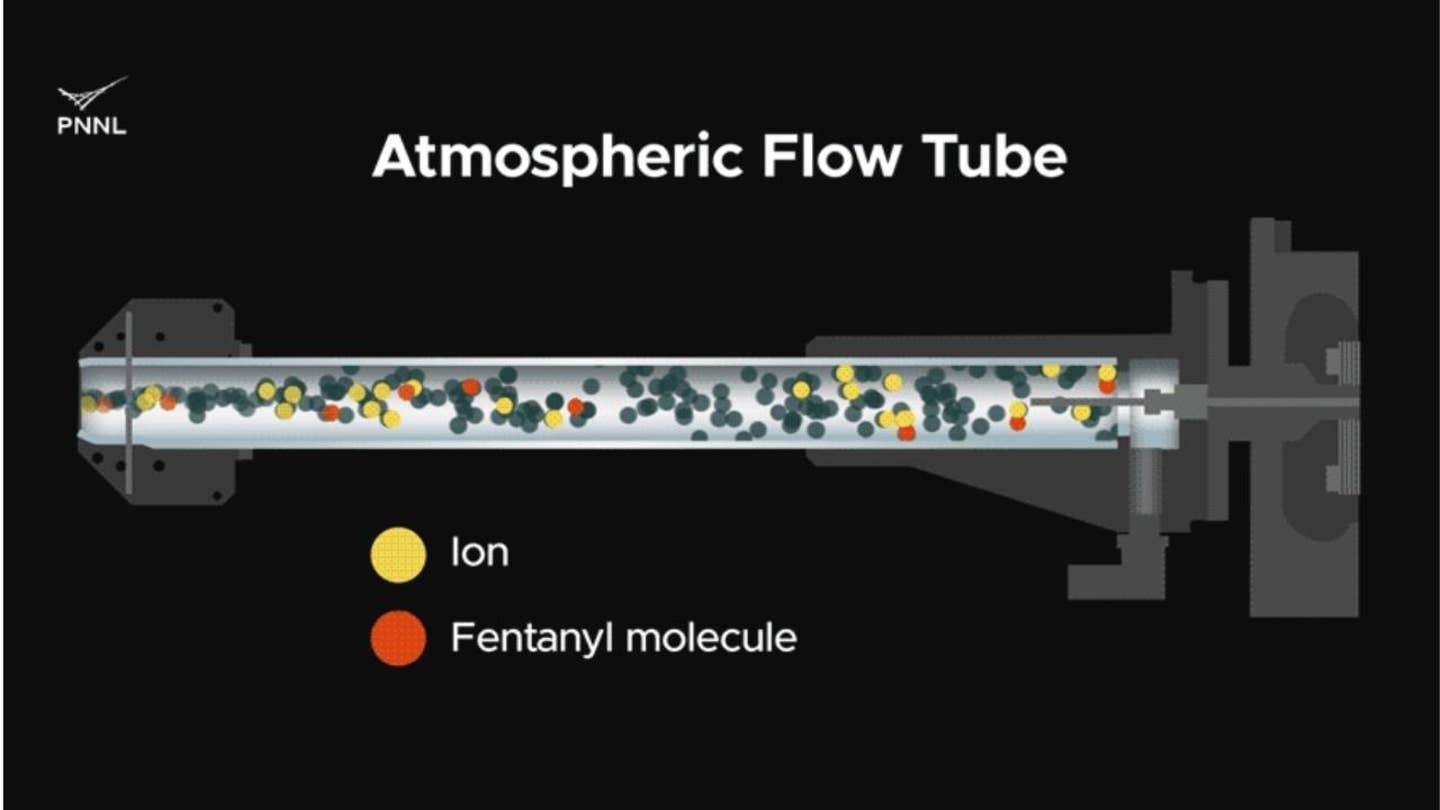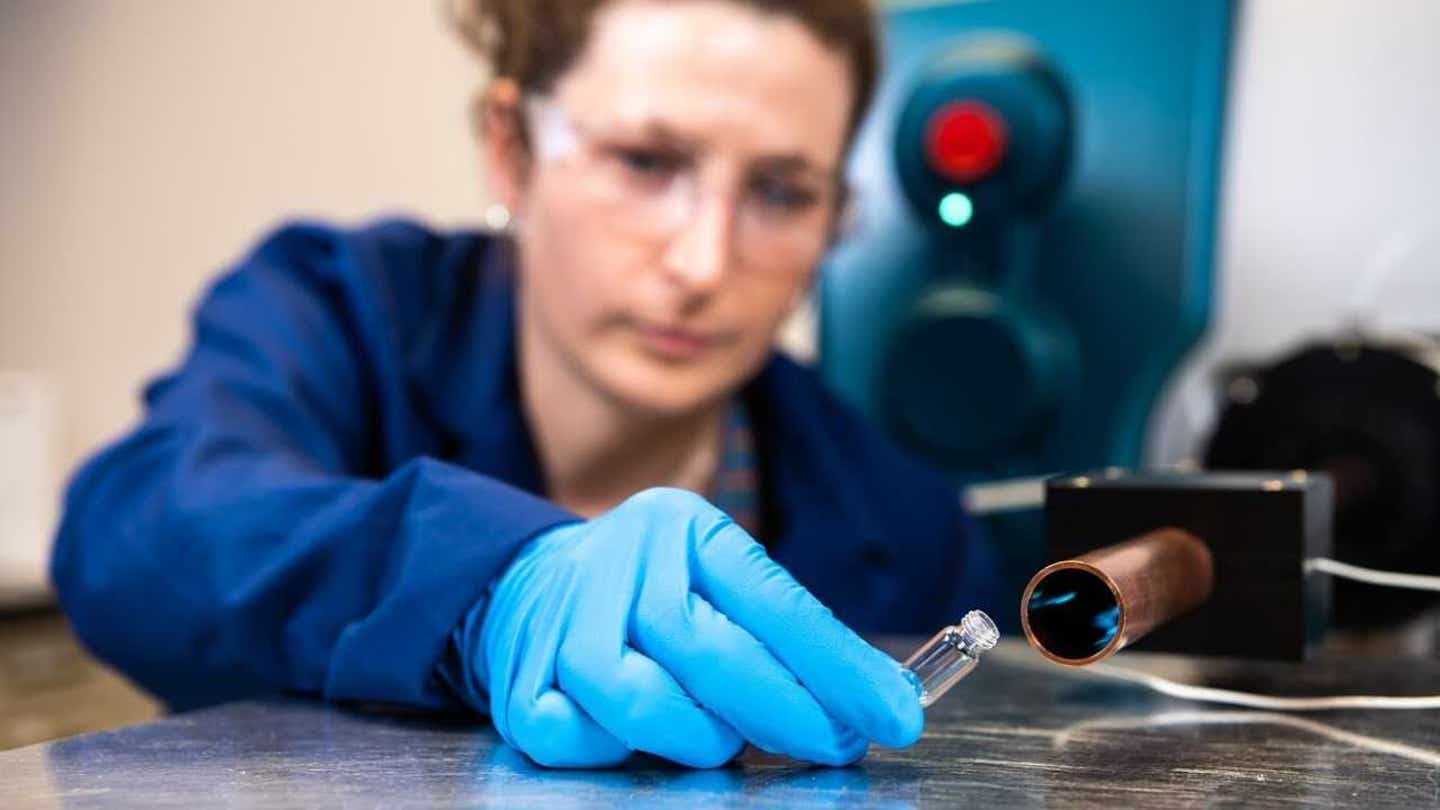Border Patrol is on the brink of getting a new high-tech tool that could revolutionize their operations. A device called VaporID, about the size of a microwave, is set to potentially replace drug-sniffing dogs at U.S. border crossings. Designed to detect a range of substances including fentanyl, cocaine, methamphetamine, MDMA, ketamine, and explosives, VaporID boasts accuracy and speed that surpasses the capabilities of trained canines.
Photo showing fentanyl pills seized at the U.S. border. (Elizabeth Denis/Pacific Northwest National Laboratory)
How VaporID detects drugs faster than swab tests
Developed at the Department of Energy’s Pacific Northwest National Laboratory (PNNL), this portable air scanner is being commercialized by BaySpec, a California-based instrument manufacturer. The device works by analyzing molecules in real-time using a miniature mass spectrometer, making it far quicker than traditional swab tests which can take minutes.
Advantages of VaporID over drug-sniffing dogs
VaporID offers several advantages over trained canines. Unlike dogs, the device does not tire, require handlers, or need software updates. It can detect both known drugs and new variants created to evade detection. The system’s innovative design, including an atmospheric flow tube, enhances sensitivity and the ability to detect even the most elusive substances.

Illustration of the action within the atmospheric flow tube that is a key to the detection of trace levels of fentanyl. (Sara Levine/Pacific Northwest National Laboratory)
Functionality of VaporID: Air, ions, and immediate results
Weighing around 40 pounds, VaporID draws in ambient air, filters suspicious molecules, tags them with electrically charged ions, and analyzes them using a mass spectrometer. This process eliminates background interference, providing border agents with accurate and immediate readings of potential threats.
Impact of VaporID on border security
If widely deployed, VaporID could transform how U.S. Customs and Border Protection detects narcotics and explosives. Its rapid, hands-free scanning capabilities could enhance screening processes without relying solely on canine units or invasive sampling.

Chemist Elizabeth Denis uses the PNNL system to check a substance in the laboratory. (Andrea Starr/Pacific Northwest National Laboratory)
Role of VaporID in combating drug and explosive smuggling
With a rise in synthetic opioids and drug-related deaths, fast and efficient detection at entry points could disrupt the supply chain of dangerous substances. Additionally, the ability of VaporID to detect explosives could enhance national defense strategies in an increasingly volatile geopolitical landscape.
Key insights from Kurt
VaporID represents a technological advancement in border security, offering speed, precision, and reliability in threat detection. As agencies prepare to implement this system, the shift towards technology-based solutions raises questions about efficacy and potential over-reliance on machines.
If you have thoughts on whether machines or dogs should be the primary border security measure, share your opinion with us at Cyberguy.com/Contact.





